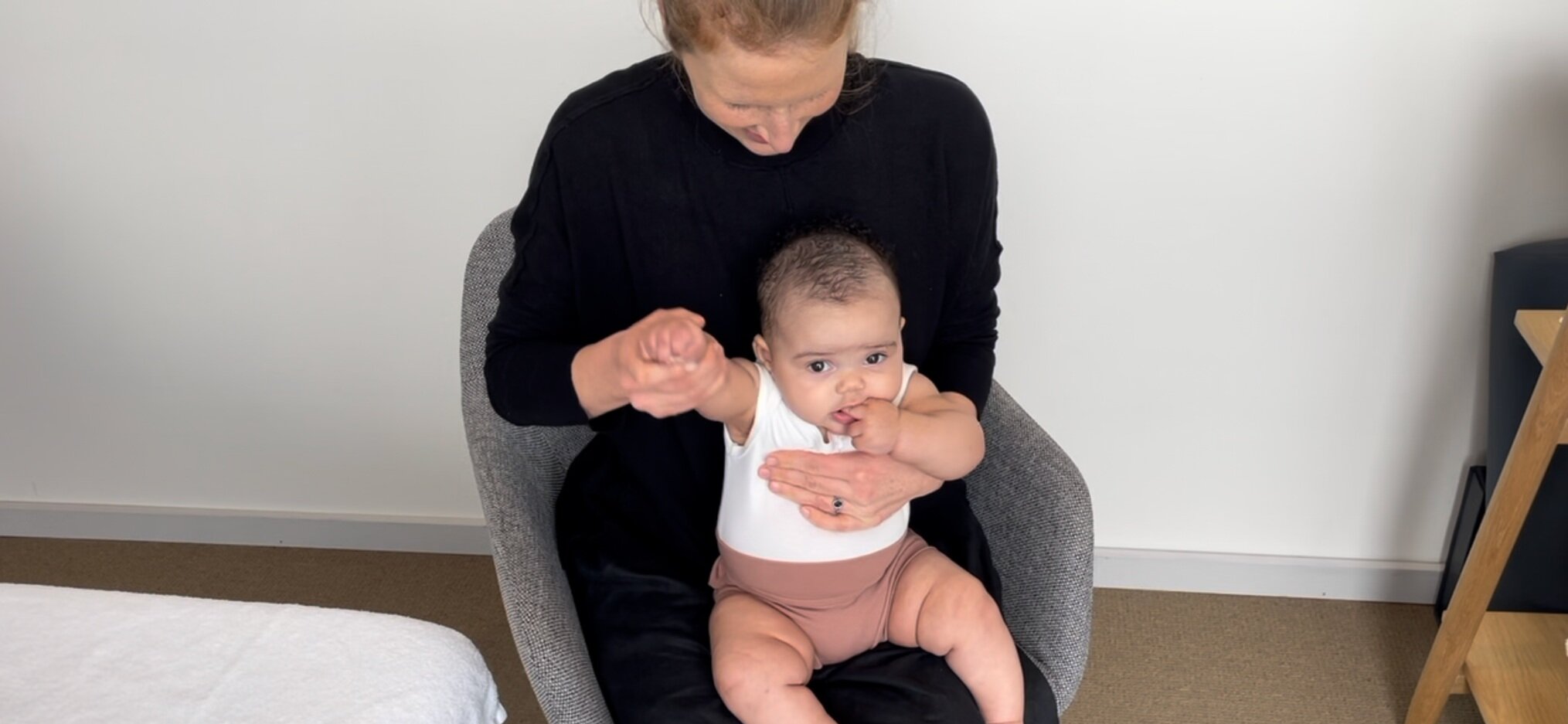Winter immunity tips:
Osteopath, Sarah Hargrave, is also a qualified Naturopath at Bodyfocus. Here are some of her tips to help boost your immune system and to help ward off illness over the cold and flu season.
Eat a variety of in season vegetables and fruits to ensure you cover all your vitamin and mineral needs.
Your food choices can be either detrimental or helpful to your immune system. Foods which increase inflammation and cause blood sugar spikes ie refined foods and alcohol, are best avoided.
Why not try going for more garlic – it’s a traditional antimicrobial food and immune booster. Crush it and create a garlic oil dressing to add your daily dark leafy greens.
Try fresh Ginger root tea, with some local raw honey and cinnamon to help to eliminate congestion.
Increase food sources of vitamin C such as kiwi fruit, blueberries, oranges, broccoli and bell peppers. Cruciferous vegetables are also a great source of vitamin C - Kale, broccoli, red cabbage, brussel sprouts.
Foods high in zinc also have positive immune effects. These include oysters, beef, chicken and pumpkin seeds. Be adventurous and eat medicinal mushrooms, such as Shiitake mushrooms. Delicious!
2. Get moving
Find ways to incorporate more movement into your day. Even just 30 minutes of walking has been shown to boost immune function.
If it’s too wet and cold outside, or you’re lacking motivation, please see one of our Osteopaths who can give you your own personalised strength and conditioning program.
Alternatively, there are lots of good online options, including yoga and pilates to try at home.
3. Remember to wash your hands frequently!
Let's get back to the basics of infection control. Hand hygiene is regarded as one of the most important elements of infection control activities. Use hand washing soap and water.
4. Don’t smoke and limit your intake of alcohol.
5. Catch some rays!
Vitamin D is not only important for bone health but also for immunity. Vitamin D is made from sunlight exposure directly onto the skin. Approximately 66% of adults in Tasmanians don’t get enough Vitamin D in Winter, and if you are deficient you may need a supplement.
Aiming for 30 min of daily sunlight can aid in keeping your vitamin D levels in a healthy range. Sunshine (especially early morning sunshine) also syncs up your circadian rhythm, aiding better sleeping patterns. Bodyfocus does stock a Vitamin D supplement.
https://www.menzies.utas.edu.au/__data/assets/pdf_file/0007/772927/VitaminD.pdf
6. Consider some probiotics.
Probiotics may give your immune system a boost.
Probiotic rich food sources include yogurt, kefir, sauerkraut, kimchi, miso, and kombucha. Probiotics are very individual and specific in their actions.
If you are after further advice on which probiotic will be best for your specific symptoms, we suggest you make an appointment with our Osteopath Sarah Hargrave, who is also a qualified Naturopath.
7. Stay hydrated.
Choose water or herbal tea over sugary drinks. Water aids the kidneys to eliminate waste. Aiming for 2 litres each day is a good rule of thumb.
8. Get enough sleep and manage stress.
Reduced sleep and increased stress results in an increase in the hormone cortisol. When cortisol is elevated for prolonged periods it can suppress the immune function. To keep your immune system in tip-top shape, aim for 7+ of sleep each night.
Prioritise your sleep over the Netflix binge when feeling rundown, plan early nights in and make a ritual out of it. Read that novel you’ve been planning to read.
When feeling stressed, find healthy ways to manage your stress, such as walking, yoga, breath-work, mindfulness and meditation techniques or a warm bath.
Social connection is also important here, prioritise connecting with loved ones and doing things you enjoy.
Alternatively, book an appointment with Osteopath and Naturopath, Sarah Hargrave here if you would like more personalised advice.























